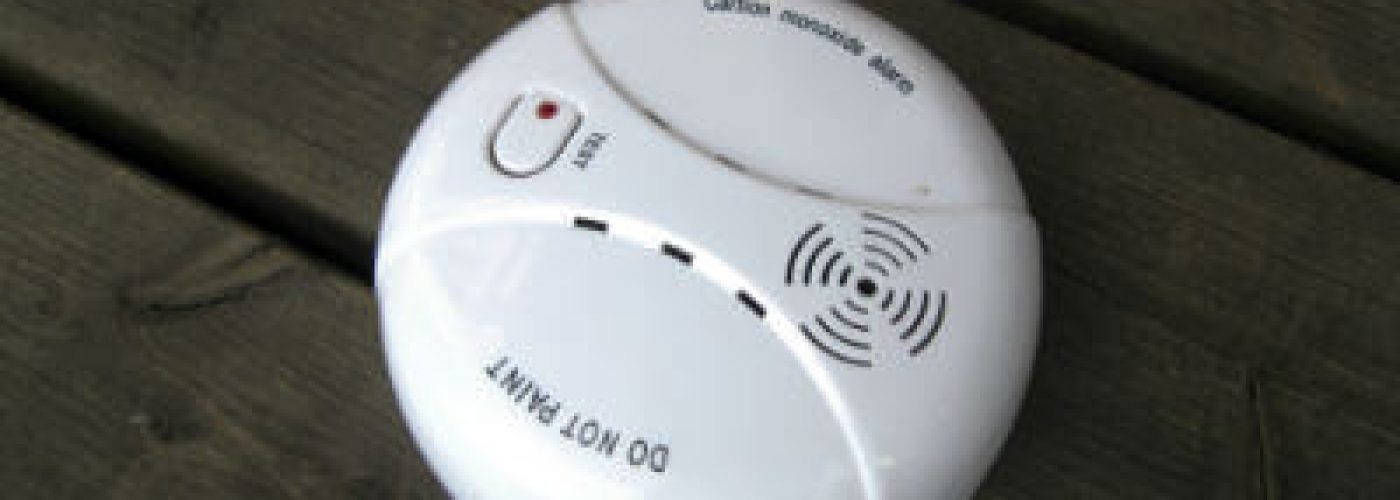The Government has opened a consultation on mandatory installation of smoke and carbon monoxide detectors in England. While the consultation, which closes on 11 January 2021, primarily focuses on social housing it also covers aspects of the private rented sector and is an opportunity to make the case for reform of existing regulations, where they could be improved.

This consultation follows on from the government’s social housing green paper which was published in August 2018, the social housing white paper that was published in November 2020 and the government review of carbon monoxide alarm requirements that concluded in January 2019. This consultation is launched alongside the social housing white paper and forms part of a wider package of measures designed to ensure that people are safe, and feel safe, now and in the future. It seeks to bring greater parity between the rental sectors in respect of safety.
The proposal is to amend several pieces of existing legislation so that carbon monoxide alarms are mandatory in all private and owner-occupied homes in any room with a fixed combustion appliance, for example a boiler, cooker or water heater. Gas cookers are excluded from this requirement.
The regulations apply to all properties, including houses, flats, and HMOs (houses in multiple occupations). The property owner must ensure that smoke and carbon monoxide detectors are installed. In rented properties, the landlord guarantees these sensors are installed and working correctly at the start of a tenancy. Tenants are then responsible for testing the detectors regularly and reporting any faults to the landlord.
The property owner or landlord can be fined if a property does not have smoke and carbon monoxide detectors installed. In addition to this, failure to comply with the regulations can also lead to legal repercussions. Therefore, ensuring that smoke alarm installation is attended to before occupying a home is crucial.
Propertymark will be responding to the consultation process and we are encouraging members to respond individually as well as feeding into our collective response through your regional representative, whose details can be found on the website.
The consultation proposes that:
- Carbon monoxide alarms are fitted alongside the installation of fixed combustion appliances of any fuel type (excluding gas cookers) for all property tenures including private rented sector and owner occupier.
- Both private and social sector landlords should be obliged to repair or replace a faulty alarm during the tenancy, where a fault is reported to them. They are not proposing proactive checking of alarms during the tenancy by the landlord.
- Landlords are required to ensure that appropriate checks are made that each prescribed alarm is in proper working order on the first day of every new tenancy and to repair or replace alarms if they are reported as faulty during the tenancy.
- Private and social landlords are required to install a carbon monoxide alarm in any room used as living accommodation where a fixed combustion appliance is used (excluding gas cookers).
- If on testing their alarm, tenants find that their alarm is not in working order, they should first consider testing or replacing the battery. If the alarm is mains-operated or is still not working after the battery is replaced, residents should contact the landlord to arrange for the repair or replacement of the alarm.
- That alarms should be placed on the ceiling at least 300mm from any wall or on a wall, as high up as possible (above any doors and windows) but not within 150mm of the ceiling and between 1m and 3m horizontally from the appliance. Government are asking whether the information on placement of carbon monoxide alarms remains fit for purpose and whether they would need adapting or updating alongside an extension of the regulations and guidance.
- That carbon monoxide alarms should comply to British Standard BS EN 50291 and be powered by a battery designed to operate for the working life of the alarm. It should also have a warning device to alert users when the working life of the alarm is due to pass or a mains-powered alarm with fixed wiring (not plug-in) and a sensor failure warning device. Government are asking whether the information on what type of carbon monoxide alarm should be installed remains fit for purpose and whether it would need adapting or updating alongside an extension of the regulations and guidance.





